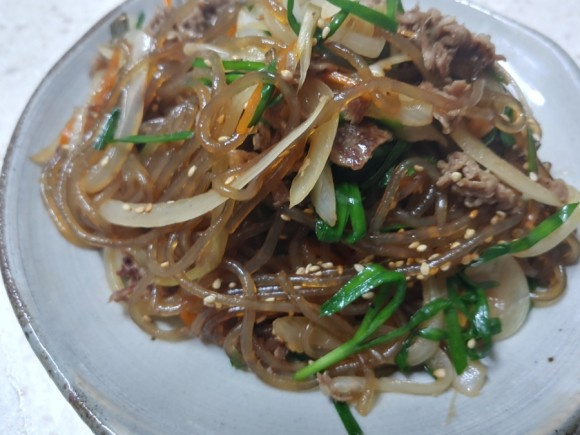
How to make non-soggy japchae #Non-soggy japchae #Simple dishes
You can make japchae easily. Try to make chewy japchae deliciously without blowing it.
6 serving
Within 30 minutes
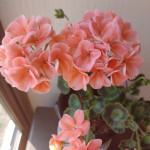
두리문
- Ingredients
-
-
Cellophane noodles2handful
-
thick soy sauce3spoon
-
Water1cup
-
Oligosaccharide3spoon
-
Porklittle
-
Carrot1ea
-
onion2ea
-
leek1handful
-
Sesame oil1spoon
-
Sesamelittle
-
- Cooking Steps
-
STEP 1/12Soak the glass noodles for 40 minutes.
Put it in cold water.
You don't need to boil or blanch glass noodles.
Just be called.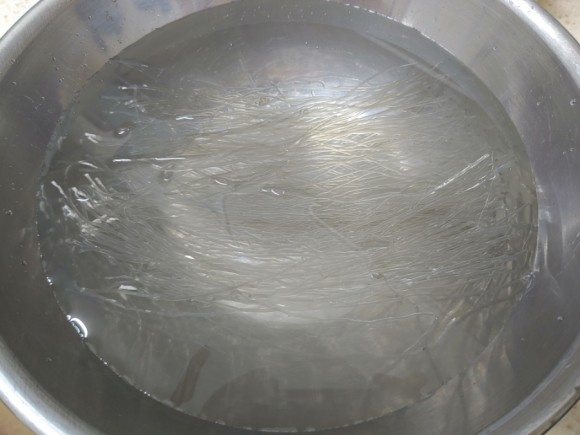 STEP 2/12after it has been called
STEP 2/12after it has been called
Add 3 spoons of soy sauce and oligosaccharide, and pour 1 cup of water and a little more.
First, stir-fry over high heat and medium heat until the water is gone.
Instead of boiling the glass noodles, add soy sauce, oligosaccharide, and water, boil it, and stir-fry it.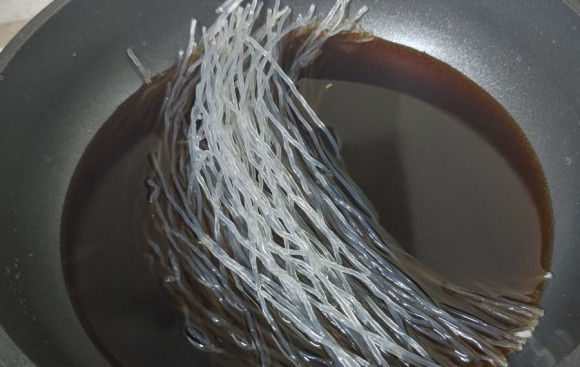 STEP 3/12Here you go ahead~
STEP 3/12Here you go ahead~
There's no water in the japchae.
And turn off the light.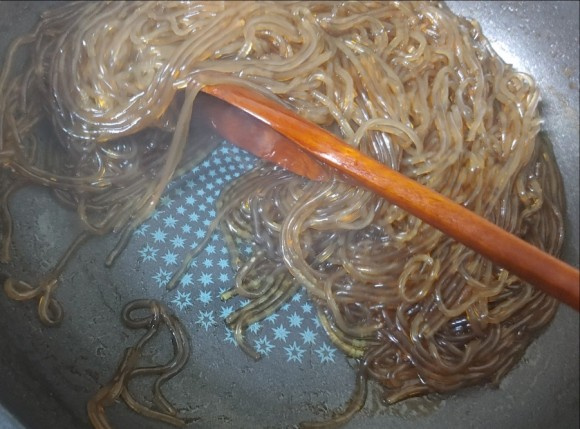 STEP 4/12Add 1 spoon of sesame oil to the stir-fried japchae.
STEP 4/12Add 1 spoon of sesame oil to the stir-fried japchae.
Then you'll make japchae that doesn't get soggy.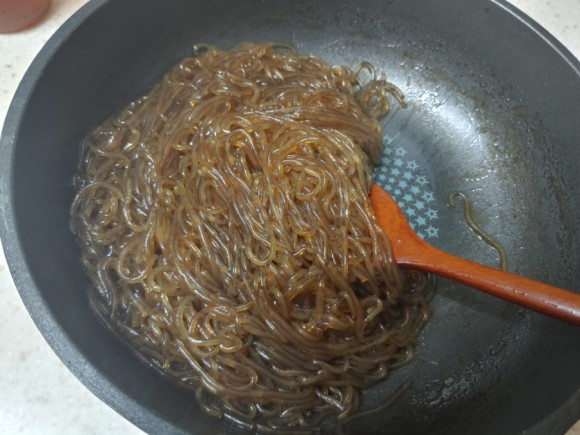 STEP 5/12I use the salted pork bulgogi in the refrigerator. (If you have front leg meat, you can use it after pickled sesame oil, a little dark soy sauce, and a little sugar.)
STEP 5/12I use the salted pork bulgogi in the refrigerator. (If you have front leg meat, you can use it after pickled sesame oil, a little dark soy sauce, and a little sugar.)
Stir-fry it.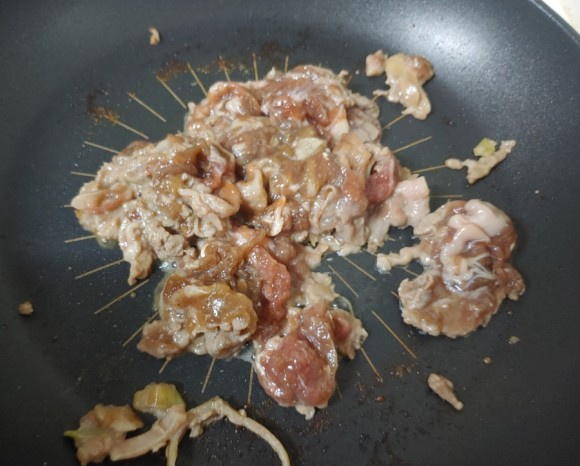 STEP 6/12Cut it into bite-size pieces.
STEP 6/12Cut it into bite-size pieces.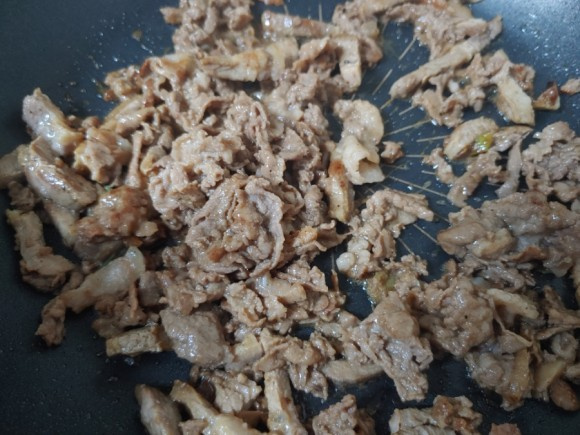 STEP 7/12Put carrots in the stir-fried japchae bulgogi,
STEP 7/12Put carrots in the stir-fried japchae bulgogi,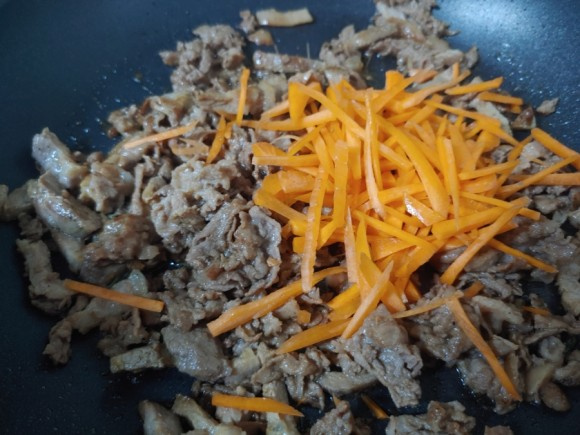 STEP 8/12Add a lot of onions to the japchae,
STEP 8/12Add a lot of onions to the japchae,
I like onions.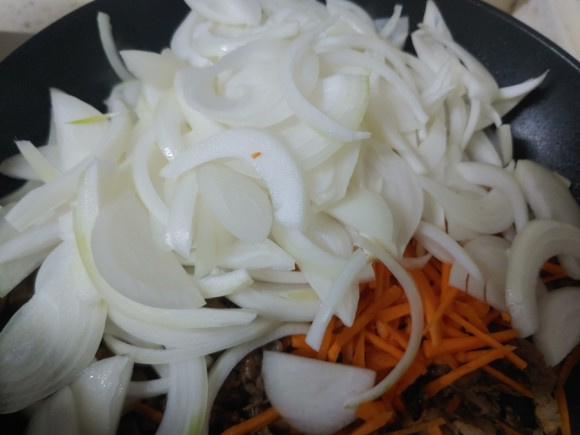 STEP 9/12Stir-fry carrots and onions for a while.
STEP 9/12Stir-fry carrots and onions for a while.
When it's crispy, add japchae together.
And stir-fry it a little bit.
The oil type is stir-fried with vegetables and meat moisture even if you don't put it in.
Don't put it in. That's how it's light. Haha
It also lowers the calories of japchae.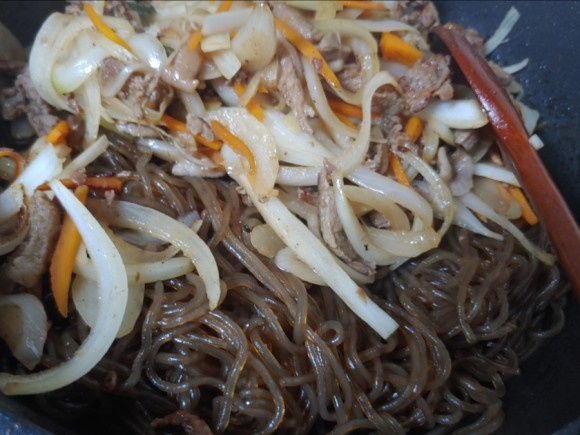 STEP 10/12Lastly, add chives.
STEP 10/12Lastly, add chives.
And
Turn off the light.
Stir the chives evenly and the chives will be cooked.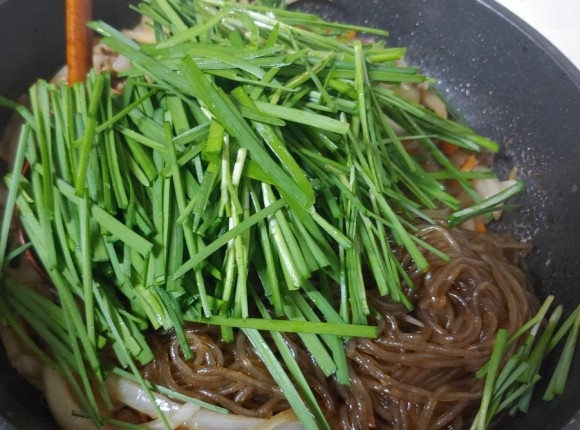 STEP 11/12It's complete how to make japchae without soaking.
STEP 11/12It's complete how to make japchae without soaking.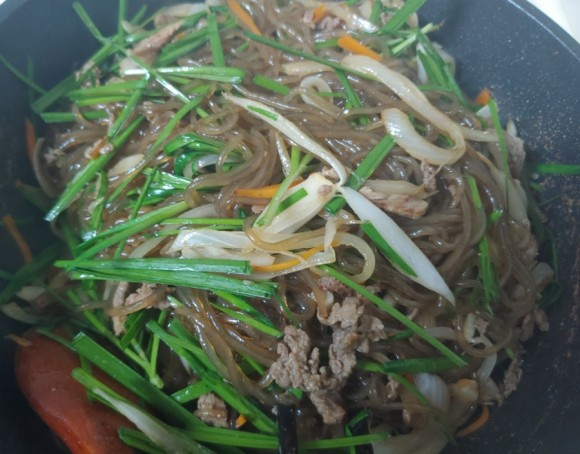 STEP 12/12Sprinkle a little bit of sesame.
STEP 12/12Sprinkle a little bit of sesame.
**Oil is just sesame oil.
So it's not greasy.
And the japchae doesn't get soggy, so if you leave the leftover in the refrigerator and heat it in the stove, the japchae becomes chewy.^^**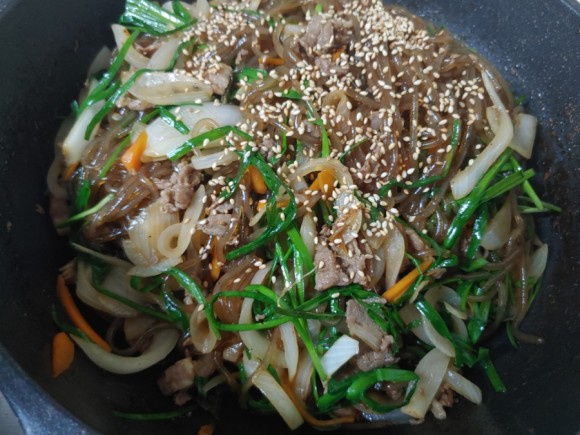
- Cooking review
-
4.00score
-
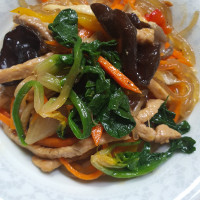 518*****scoreHow much noodles do you have to boil down in the pan..I'd like more detailed information on the back. After soaking the noodles for 40 minutes, the amount of water in the recipe will never cook them. The middle of the noodles are cooked, but the ends are stretched out. Even when I tried it, it was crunchy, so I boiled it down with water a few more times, and my hand hurts so much while stirring. At the end, the starch from the glass noodles didn't feel tight. I must have missed the cooking time and degree.. I felt much clearer and more comfortable boiling noodles. You posted a unique recipe that does not boil noodles and does not spread, but when I cooked it, I think it's not easy if I'm not good at it.2023-01-20 23:13
518*****scoreHow much noodles do you have to boil down in the pan..I'd like more detailed information on the back. After soaking the noodles for 40 minutes, the amount of water in the recipe will never cook them. The middle of the noodles are cooked, but the ends are stretched out. Even when I tried it, it was crunchy, so I boiled it down with water a few more times, and my hand hurts so much while stirring. At the end, the starch from the glass noodles didn't feel tight. I must have missed the cooking time and degree.. I felt much clearer and more comfortable boiling noodles. You posted a unique recipe that does not boil noodles and does not spread, but when I cooked it, I think it's not easy if I'm not good at it.2023-01-20 23:13
-
- Japchae Recommended recipe
-
-
1
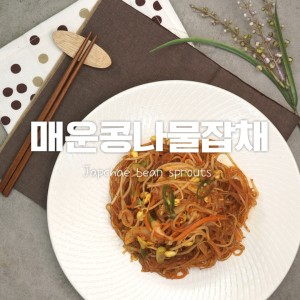 Crunchy! Spicy! Taste that you keep eating Spicy bean sprouts4.60(15)
Crunchy! Spicy! Taste that you keep eating Spicy bean sprouts4.60(15) -
2
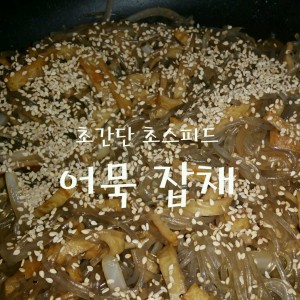 Fish cake japchae, a popular side dish made with cheap ingredien4.89(19)
Fish cake japchae, a popular side dish made with cheap ingredien4.89(19) -
3
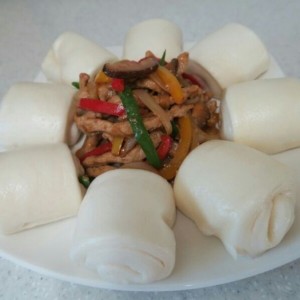 Here's the golden recipe for red pepper japchae ^^!!4.89(44)
Here's the golden recipe for red pepper japchae ^^!!4.89(44) -
4
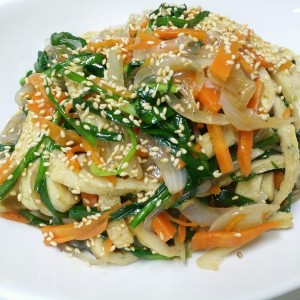 Fish cake japchae, fish cake and chives, super simple japchae4.70(27)
Fish cake japchae, fish cake and chives, super simple japchae4.70(27)
-
- Bulgogi Recommended recipe
-
-
1
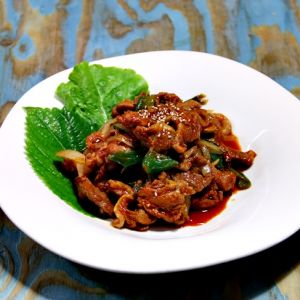 Duck Bulgogi is the best for nutritional supplements4.97(38)
Duck Bulgogi is the best for nutritional supplements4.97(38) -
2
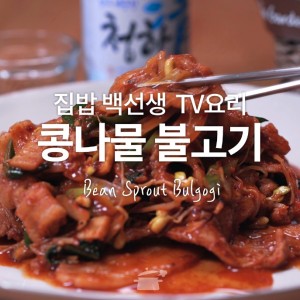 You know the famous dish, right! Bulgogi with bean sprouts4.93(43)
You know the famous dish, right! Bulgogi with bean sprouts4.93(43) -
3
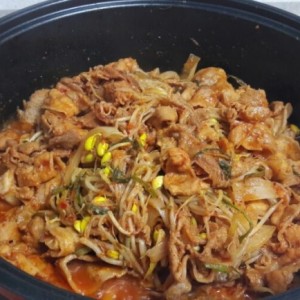 "Bean fire without failure!" Dinner menu recommendation. Making4.88(34)
"Bean fire without failure!" Dinner menu recommendation. Making4.88(34) -
4
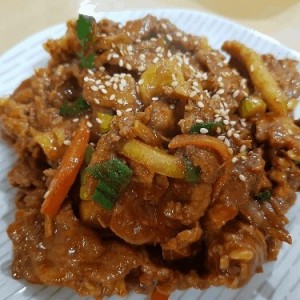 My house's rice thief. Red pepper paste bulgogi4.91(81)
My house's rice thief. Red pepper paste bulgogi4.91(81)
-